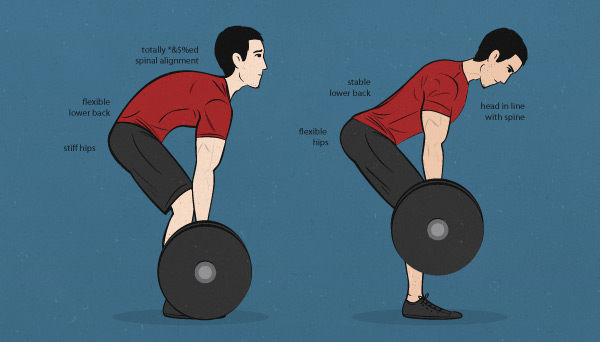You may have heard about proper desk ergonomics, but have you ever heard about heavy lifting ergonomics? Many have not. Unfortunately, the majority of back injuries that Americans suffer each year are caused at work. According to the Bureau of Labor Statistics (BLS), more than one million workers suffer back injuries every year.
Heavy lifting ergonomics involves using proper form while lifting, as well as taking the appropriate steps prior to engaging in heaving lifting. Lifting ergonomics is particularly important in industries in which individuals are transporting heavy materials, such as the construction industry. Here, we will explore how to practice heavy lifting ergonomics and ensure your safety.
Before Lifting
Perhaps the worst thing you can do when lifting heavy is to just dive right into it. While this might be fine when moving around light items, the same cannot be said for heavier items. Before you lift a heavy item, you will first want to assess how heavy it is and make sure that it does not exceed what you are able to carry. Next, you will want to see whether the object is too large or awkward to carry safely.
If you are not able to get a good grip and handle on the object, you are very likely to drop it. Additionally, you will want to make sure that, when lifted, the object does not obstruct your view. Then, you will want to make sure that you know where you’re putting the object and ensure that your path to getting the object to the desired destination is unobstructed and safe. Finally, before lifting the object, you should stretch and loosen up so that you don’t go into lifting cold turkey.
While Lifting
Once you have assessed whether you will be able to safely lift the object and have taken into account all of the aforementioned factors, you can then begin to lift the object. Here are some tips to keep in mind will lifting:
-
- Keep your feet shoulder width apart with one foot slightly ahead of the other
- Bend at the hips and knees
- Stand as close as you can to the object
- Do not twist or turn your body as you are lifting
- Keep it slow and steady
- Maintain good posture, keeping your back straight and core engaged
- Do not lift the object above shoulder level
- Remember to keep breathing
- Keep your feet flat on the floor
- Hold the object at waist level
- Lead with your hips as you change direction
- Take small steps
If you begin to carry an object and realize that it is more than you can bear, do not continue trying to lift the object as you are likely to injure yourself and potentially damage the object. Instead, consider looking at the alternative heavy lifting methods that exist.
Use Alternative Methods
If you are unable to safely carry and move an object, you should use an alternative method. If the item you are trying to move is very heavy and awkward to transport, you can use a forklift. However, it is important to be aware that forklifts require certification in the state of California for example and many other cities worldwide. You could also opt to use a hand truck or dolly, both of which are relatively easy to maneuver (as they are on wheels) and decrease the weight of the object significantly. Other items that you may want to consider using if you are lifting heavy are lifting straps and moving blankets. If these alternative methods are more effort than you are willing to put in, you can also enlist the help of a friend or colleague to help you lift the heavy object.
Potential Consequences
If you do not lift heavy objects safely, you are at risk of injuring yourself. The most common injuries sustained from improper lifting techniques include abdominal hernias, muscle strains, ligament sprains, fractured vertebrae, and pinched nerves. A great way to help protect your back while lifting is to wear a weightlifting belt or brace, which are often worn by movers.
If you have been injured from heavy lifting at work, make sure to contact a Los Angeles workplace injury attorney for instance, to learn about your legal rights and whether you are able to file for workers’ compensation. Next time you are lifting a heavy object, make sure to follow these tips to ensure safety and effectiveness.





















